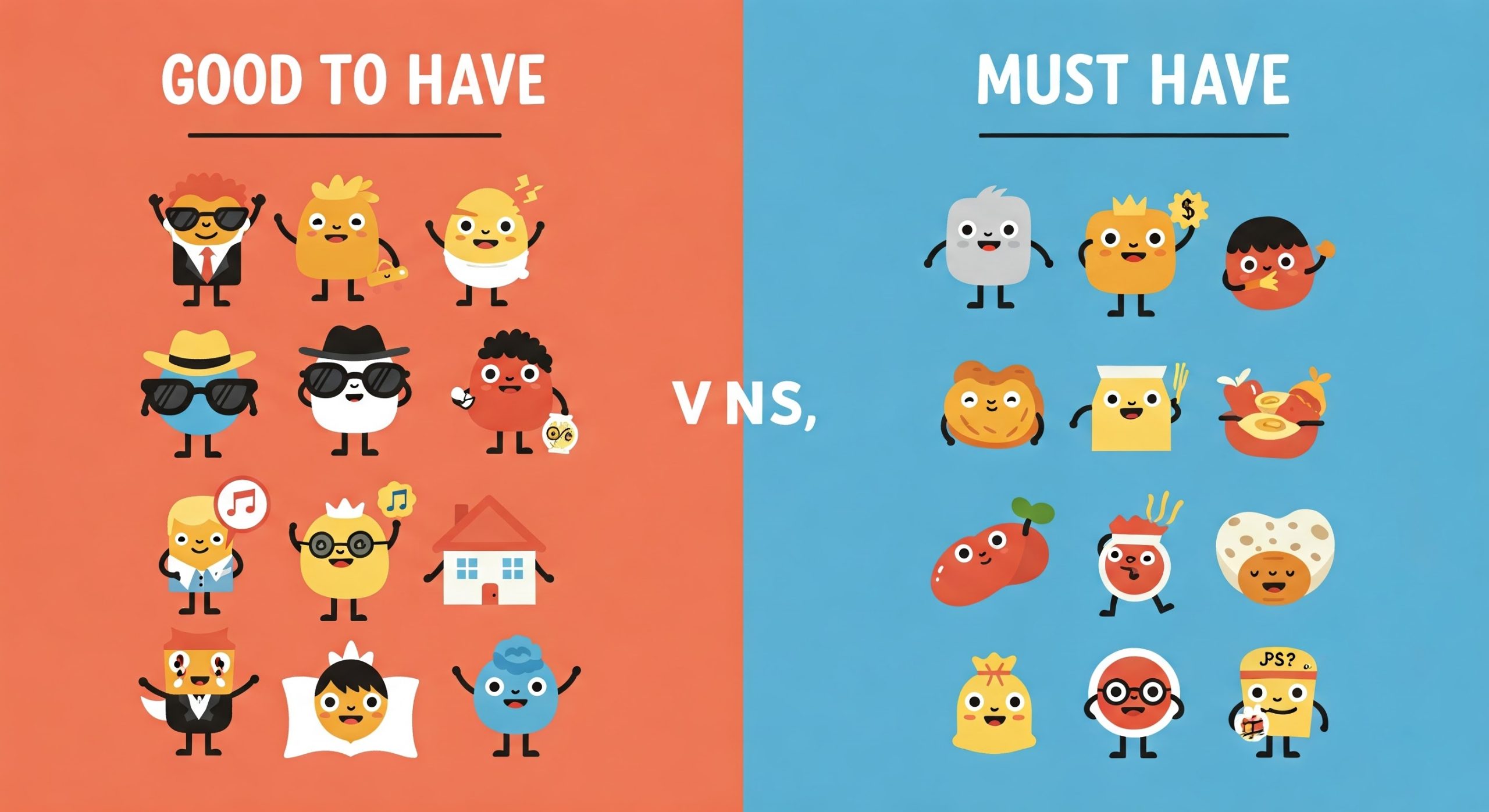One of my favorite questions during feedback calls is:
“Is your product a good to have or a must-have?”
The moment this question is asked, both the buyer and seller naturally lean toward the must-have side. However, the success of a product isn’t strictly tied to which category it falls into. Many must-have products are successful, but just as many companies solve good to have problems exceptionally well and build strong businesses on top of them.
The Power of Solving Good to Have Problems
Companies like Slack and Spotify began by addressing good to have problems:
- Slack: Made team communication more convenient but wasn’t a must-have at the start.
- Spotify: Simplified music streaming, but people had alternatives before its arrival.
Despite starting as good to have, they grew into giants by solving these problems with exceptional execution.
The Importance of Early Feedback
Asking early adopters whether your product is good to have or must-have provides crucial insights:
Must-Have Products:
- Clear signs of adoption.
- Genuine customer love.
- Tangible indicators like money on the table.
Good to Have Products:
- Strong adoption but a lack of urgency in payment conversations.
- Long silences in discussions around ROI.
This distinction can help shape your product’s trajectory.
Seeking the Truth
No matter the category your product currently fits into, it’s vital to seek the truth:
- Be Honest: Recognize what’s working and what isn’t.
- Iterate and Improve: Make deliberate attempts to move from good to have to must-have.
Starting with a must-have problem statement isn’t always possible at the beginning, but with time and focused effort, the shift is achievable.
The Takeaway
Ultimately, the key is to solve the problem well—whether it’s good to have or must-have. What starts as a convenience can evolve into an indispensable tool with the right execution, commitment, and user feedback.






